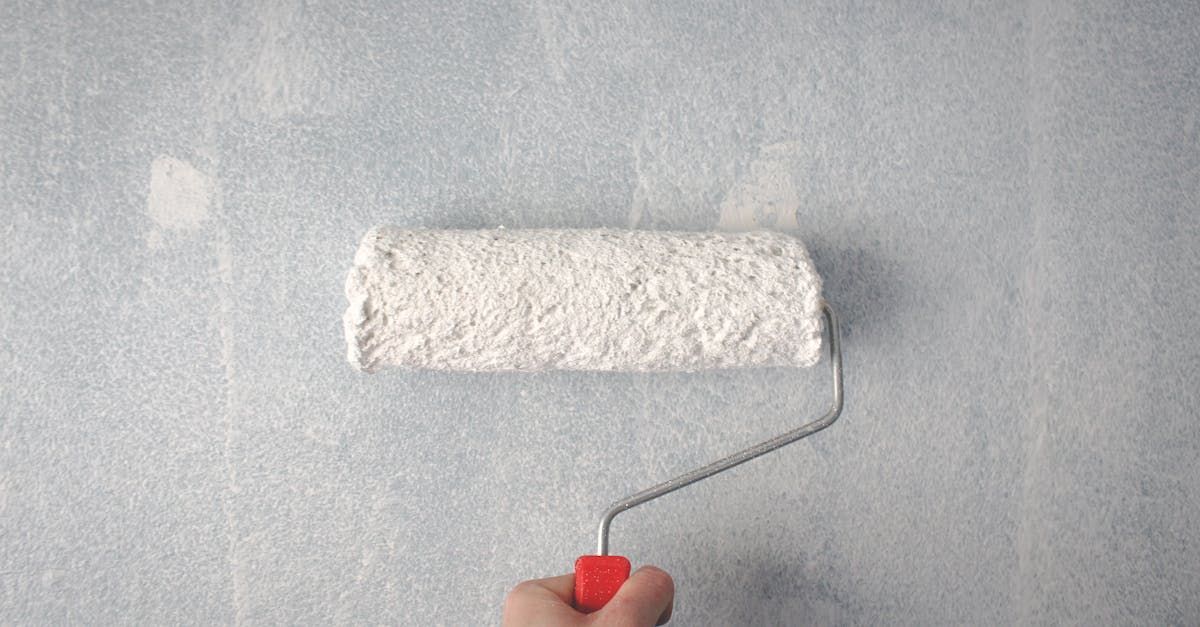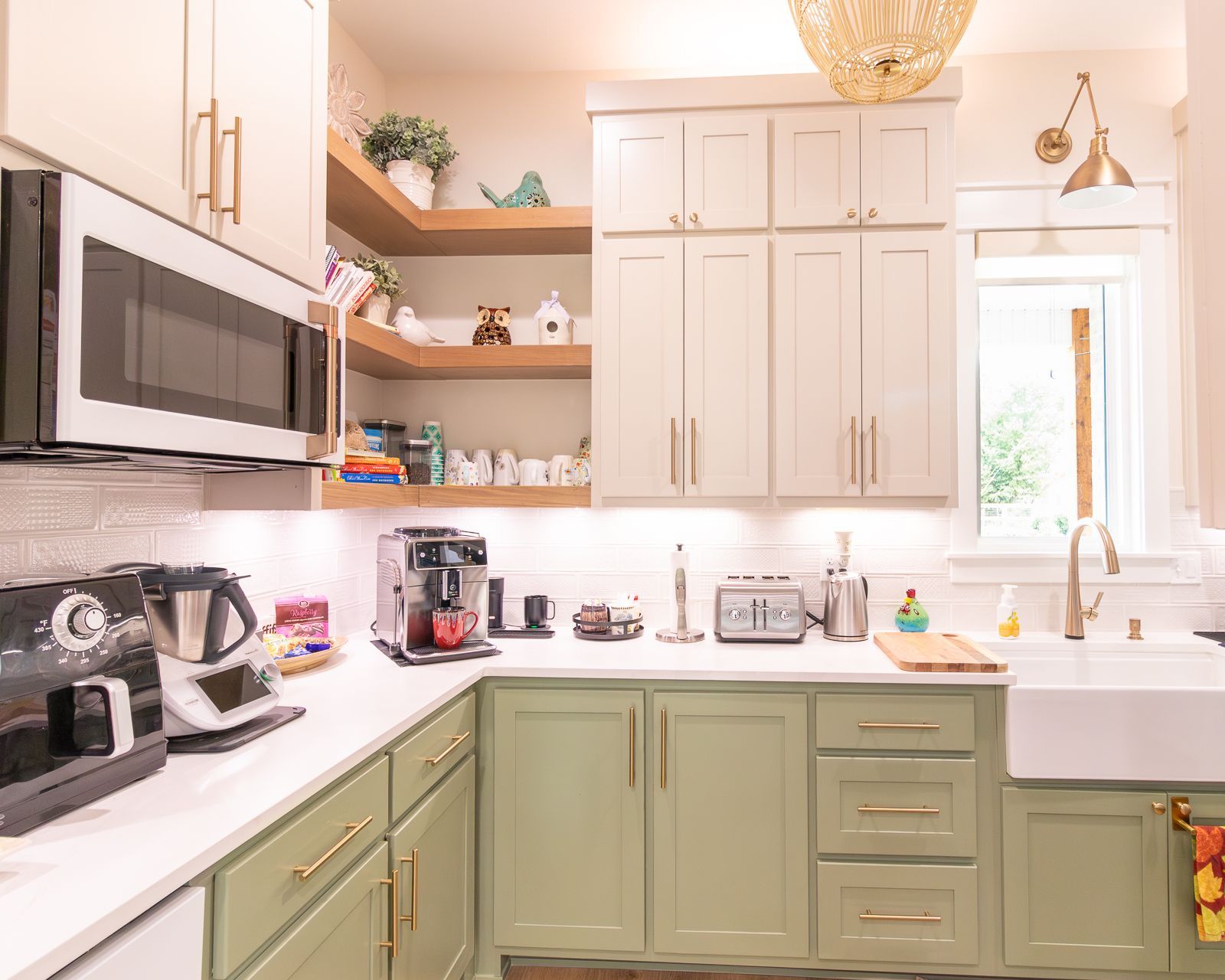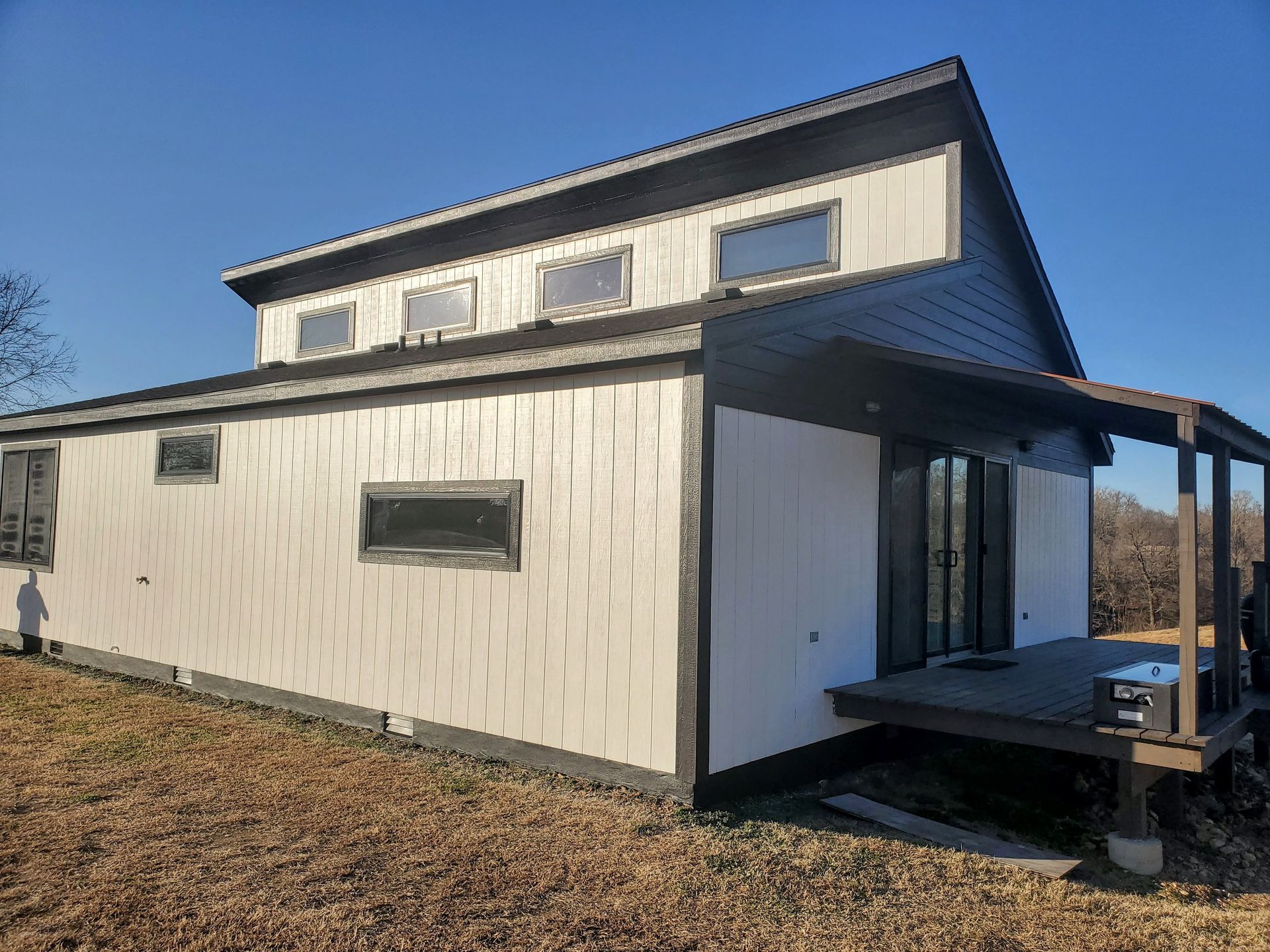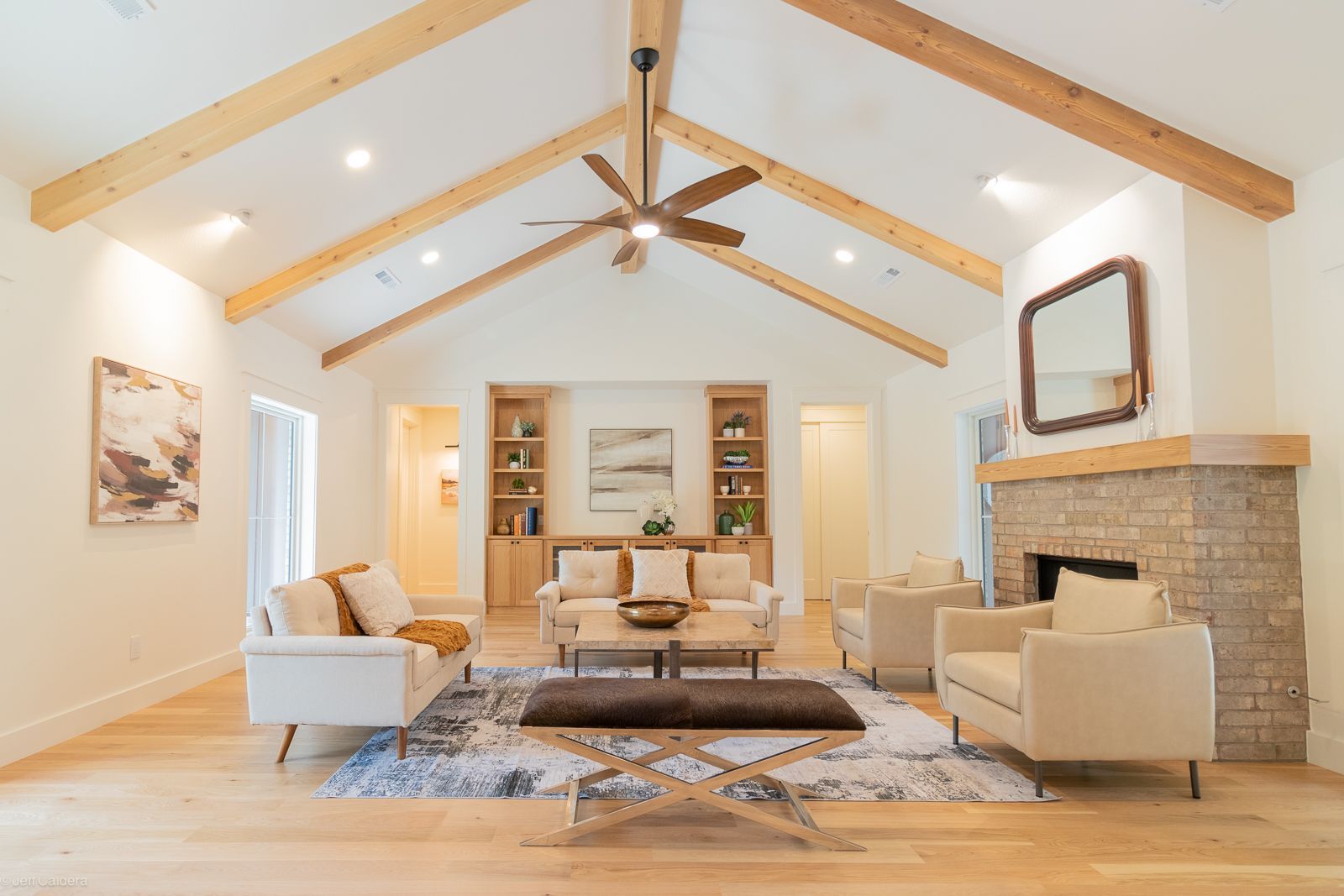painting Tips for northwest arkansas homeowners
We are Northwest Arkansas Trusted Painting Professionals
Need advice on what colors to choose or when the best time for an exterior painting project is? Check out our blog below to grab some inspiration or spark an idea for your next project.
Color Wheel Painting in Northwest Arkansas cares about each project and takes pride in our passion for painting. Contact us today to find out more.

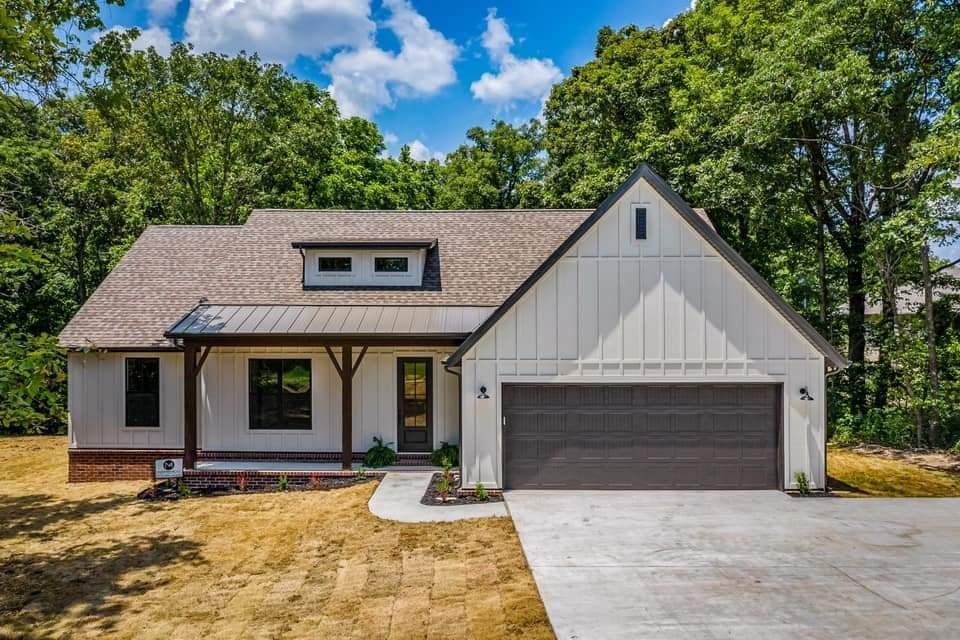
As the crisp autumn air begins to settle over Northwest Arkansas, homeowners are looking to bring the warmth and richness of the season indoors. Fall is the perfect time to refresh your home’s interior and exterior with a new coat of paint, and 2024's color trends are all about creating cozy, inviting spaces that reflect the natural beauty of the region. In this blog, we’ll explore the latest fall color trends for 2024 and how these hues can complement the unique architectural styles and landscapes of Northwest Arkansas. 1. Warm Earth Tones: Embracing Nature’s Palette This fall, earth tones are making a strong comeback, inspired by the natural surroundings of Northwest Arkansas. Think rich browns, deep reds, and warm terracotta shades. These colors not only echo the autumn foliage but also create a welcoming, grounded atmosphere inside your home. Interior Inspiration: For living rooms and bedrooms, consider a warm terracotta or clay hue on the walls to create a cozy, intimate space. These colors pair beautifully with natural wood furniture and textured fabrics like wool and linen. Exterior Elegance: On the exterior, deep browns and muted reds can enhance the rustic charm of homes with wood or stone accents, blending seamlessly with the wooded landscapes of the Ozarks. 2. Sophisticated Neutrals: Understated Elegance Neutrals continue to be a favorite, but in 2024, they take on a more sophisticated and complex tone. Shades like greige (a mix of gray and beige), soft taupe, and creamy whites offer a timeless backdrop that allows other design elements to shine. Interior Inspiration: Use these versatile hues in open-concept spaces like kitchens and dining rooms, where they can create a seamless flow. Pairing greige walls with natural light and minimalist decor creates a serene, airy environment. Exterior Elegance: For exteriors, a soft taupe or creamy white can give your home a fresh, clean look. These colors work particularly well with brick or stone facades, providing a modern update while maintaining a classic appeal. 3. Bold Accent Colors: Making a Statement If you’re looking to add a pop of color, 2024's fall trends include bold accent hues like deep navy, emerald green, and burnt orange. These colors can be used sparingly to create focal points that draw the eye and add personality to your space. Interior Inspiration: Consider an accent wall in a deep navy or emerald green to make a striking statement in a living room or study. These colors are perfect for creating a cozy, dramatic effect that’s ideal for the cooler months. Exterior Elegance: Use burnt orange or a rich navy for your front door or shutters to add curb appeal. These bold choices can make your home stand out while still harmonizing with the surrounding landscape. 4. Soft Muted Greens: A Nod to the Ozarks Green is a color that’s deeply connected to the natural world, and this fall, soft muted greens are trending for their calming and restorative qualities. These shades are reminiscent of the rolling hills and forests that define the Northwest Arkansas landscape. Interior Inspiration: Soft greens are perfect for spaces where you want to relax and unwind, such as bedrooms or bathrooms. Pair these hues with natural materials like wood and stone for a tranquil, spa-like atmosphere. Exterior Elegance: For exteriors, muted green can give your home a subtle, organic look that blends beautifully with the surrounding environment. It’s a great choice for homes with large windows that showcase the outdoor scenery. 5. Moody Blues and Grays: Creating Depth and Drama For those who prefer a more dramatic look, moody blues and grays are top choices this fall. These colors add depth and sophistication, making them ideal for creating spaces that feel both luxurious and inviting. Interior Inspiration: In areas like dining rooms or home offices, deep blue or charcoal gray walls can create a sense of depth and intimacy. These colors work well with metallic accents and rich textiles like velvet. Exterior Elegance: On the exterior, moody blues and grays can give your home a modern edge while still feeling grounded. These colors are particularly striking against a backdrop of fall foliage. As you consider updating your home’s color palette this fall, keep in mind how these trending hues can enhance the natural beauty and architectural styles of Northwest Arkansas. Whether you’re drawn to warm earth tones, sophisticated neutrals, or bold accent colors, there’s a trend to suit every taste. At Color Wheel Painting, we’re here to help you bring these 2024 color trends to life in your home. Our team of experienced painters understands the unique charm of the region and can guide you in selecting the perfect hues for your interior and exterior projects. Contact us today to schedule a consultation and start painting your way to perfection this fall!

When it comes to transforming the interior of your home, nothing has a more immediate impact than a fresh coat of paint. Whether you're looking to brighten up a room with a vibrant hue or create a calming atmosphere with subtle neutrals, the right paint job can make all the difference. But achieving that perfect finish isn't just about choosing the right color—it's about finding the right painter. If you're in Northwest Arkansas, you're in luck because there are some fantastic local painters who can help you bring your vision to life. Why Choose a Professional Painter? While DIY painting might seem tempting, there are several reasons why hiring a professional is the way to go: Quality Workmanship: Professional painters bring years of experience to the table. They know the tricks of the trade, from achieving smooth finishes to ensuring even coverage. Time-Saving : Painting a room or an entire house can be time-consuming, especially if you're not experienced. Professionals can get the job done quickly and efficiently. Proper Preparation: A professional will properly prepare the surfaces, filling in cracks and sanding down imperfections to ensure the paint adheres well and looks flawless. Safety and Clean-Up: Painting can be messy, and some paints require proper ventilation. Professionals handle all the prep work, painting, and clean-up, ensuring your home remains spotless and safe. Choosing the Right Painter for Your Home With so many great options in NWA, how do you choose the right painter for your project? Here are a few tips: Check Reviews and References: Look for reviews online or ask the painter for references. Hearing about other customers' experiences can give you an idea of what to expect. Get Multiple Quotes: It's always a good idea to get quotes from a few different painters. This not only helps you find the best price but also allows you to compare the scope of services offered. Ask About Their Process: A good painter will walk you through their process, from preparation to clean-up. Make sure you understand what’s included in their service. Look at Past Work: Ask to see examples of previous projects. This can give you a sense of the painter’s style and attention to detail. A fresh coat of paint can work wonders for your home, but achieving a flawless finish requires the expertise of a professional painter. In Springdale, AR, you have several excellent options to choose from. By taking the time to research and compare your options, you can find the perfect painter to help you create the home of your dreams. Ready to get started? Contact Color Wheel Painting today for a free consultation and let us help you bring your vision to life!
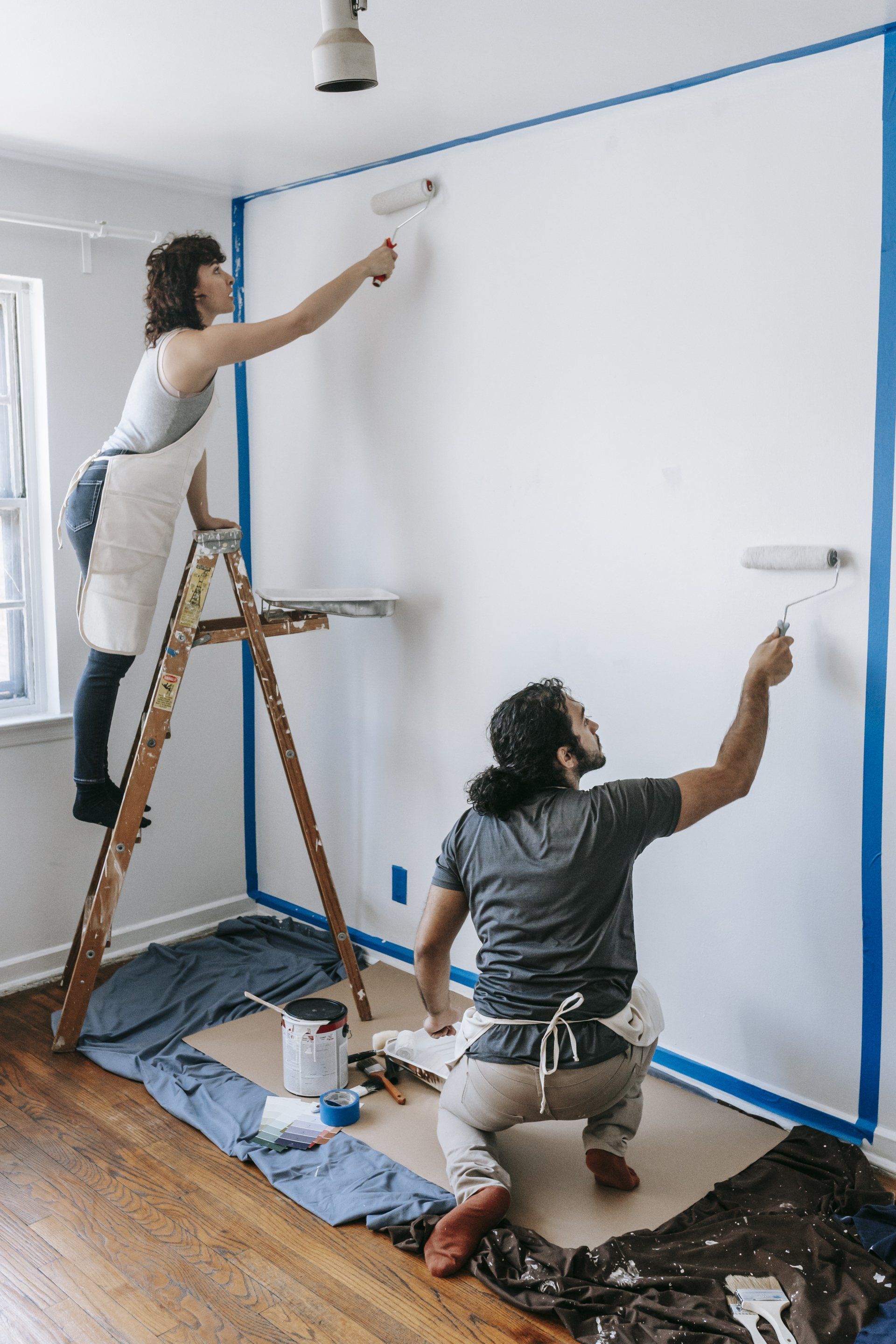
When it comes to home improvement projects, painting is one of the most effective ways to refresh and enhance your space. Whether you're looking to update the interior of your home or give the exterior a fresh new look, hiring a professional painter can ensure a high-quality, long-lasting finish. But how much should you expect to pay for a professional painter? The answer can vary based on several factors. Here's a detailed look at what influences the cost and how you can budget accordingly. 1. Scope of the Project The first factor that significantly affects the cost is the scope of your painting project. Are you looking to paint a single room, the entire interior of your home, or the exterior? Larger projects will naturally cost more due to the increased time, labor, and materials required. Here's a rough estimate of costs based on different project sizes: Single Room: Painting a single room typically costs between $200 to $800, depending on the size of the room and the complexity of the job. Interior of a Home: For a standard-sized home (about 2,000 square feet), the cost to paint the interior can range from $2,000 to $7,000. Exterior of a Home: Exterior painting tends to be more expensive, ranging from $3,000 to $10,000, depending on the size and condition of the home. 2. Quality of Materials The type and quality of paint and materials used can also impact the overall cost. Higher-end paints may offer better coverage, durability, and a more refined finish but come with a higher price tag. Some professional painters may offer you a range of options, from budget-friendly to premium paints, allowing you to choose based on your preferences and budget. Budget Paints: $20 to $35 per gallon Mid-Range Paints: $35 to $50 per gallon Premium Paints: $50 to $100+ per gallon Keep in mind that high-quality paint can also save you money in the long run by requiring fewer coats and lasting longer before needing a touch-up. 3. Labor Costs Labor is typically the most significant portion of the cost when hiring a professional painter. The rates for labor can vary widely depending on your location, the painter's experience, and the complexity of the job. On average, you can expect to pay between $20 to $50 per hour for a professional painter. However, some painters charge per square foot instead of by the hour, with rates ranging from $2 to $6 per square foot. 4. Preparation Work Preparation is key to a successful painting job, and the amount of prep work needed can also affect the cost. If your walls or exterior surfaces require extensive repairs, such as patching holes, sanding, or removing old paint, the cost will increase. Some projects may also require special treatments, such as priming, which can add to the expense. Minor Prep Work: $100 to $300 Moderate Prep Work: $300 to $700 Extensive Prep Work: $700 to $1,500+ 5. Additional Costs Other factors that might influence the overall cost include: Trim and Moldings: Painting trim, moldings, or other detailed areas can add $500 to $2,000 to your project. Ceilings: If you want your ceilings painted, expect to pay an additional $1 to $3 per square foot. Custom Finishes or Textures: Specialty finishes, such as faux finishes or textured walls, will cost more due to the extra time and skill required. 6. Geographic Location Your location can also play a role in the cost of professional painting services. Areas with a higher cost of living or greater demand for skilled labor, such as major cities, may have higher rates than more rural areas. The cost of hiring a professional painter can vary widely depending on the scope of your project, the quality of materials, labor costs, preparation work, and your location. On average, you can expect to pay anywhere from a few hundred to several thousand dollars. To get an accurate estimate, it's always a good idea to get quotes from multiple painters, discuss your options, and choose a service that balances quality and affordability. Investing in a professional painter can enhance your home's appearance and value, making it a worthwhile expenditure.
Contact us today
We’d love to hear from you. Get in touch with us about your ideas, questions, or for an estimate.
COLOR WHEEL PAINTING
479-249-3013
nwacolorwheel@gmail.com
We service all of Northwest Arkansas including but not limited to Fayetteville, Springdale, Rogers, Bentonville, and more!

